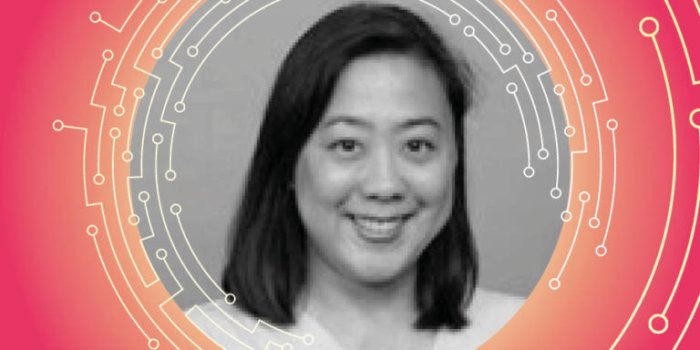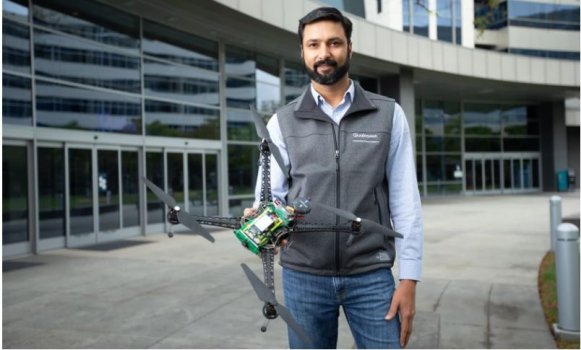Empowering young Africa girls through technology
- Technology Workforce
- 0 Replies
African girl coders are taking the lead in ensuring gender equity and balance in technology on the continent, a field majorly dominated by their male counterparts.
Through Connected African Girls Coding Camp initiative, a joint program of the UN Economic Commission for Africa (ECA) in collaboration with UN Women and the International Telecommunication Union (ITU), young girls are applying their coding skills that include Animation, Gaming, Turtles stitch, artificial intelligence, robotics and internet of things they acquire through the program training.
The initiative has held training camps for African girls from across the continent in Ethiopia and Cameroon. The aim is to bridge the 23% digital divide between men and women on the continent.
Theresa John, 21, a university student from Tanzania is a beneficiary of the coding camps. With the skills she acquired on animation, she said she is creating awareness and encouraging girls in her community to pursue technology.
“Whenever I am working on an animation a project, I have to involve the girls from my village so that they can see what I am doing and the results of it. This way they get interested in technology and see that it can be done,” said Theresa.
Continue reading: https://guardian.ng/apo-press-releases/empowering-young-africa-girls-through-technology/
Through Connected African Girls Coding Camp initiative, a joint program of the UN Economic Commission for Africa (ECA) in collaboration with UN Women and the International Telecommunication Union (ITU), young girls are applying their coding skills that include Animation, Gaming, Turtles stitch, artificial intelligence, robotics and internet of things they acquire through the program training.
The initiative has held training camps for African girls from across the continent in Ethiopia and Cameroon. The aim is to bridge the 23% digital divide between men and women on the continent.
Theresa John, 21, a university student from Tanzania is a beneficiary of the coding camps. With the skills she acquired on animation, she said she is creating awareness and encouraging girls in her community to pursue technology.
“Whenever I am working on an animation a project, I have to involve the girls from my village so that they can see what I am doing and the results of it. This way they get interested in technology and see that it can be done,” said Theresa.
Continue reading: https://guardian.ng/apo-press-releases/empowering-young-africa-girls-through-technology/





















